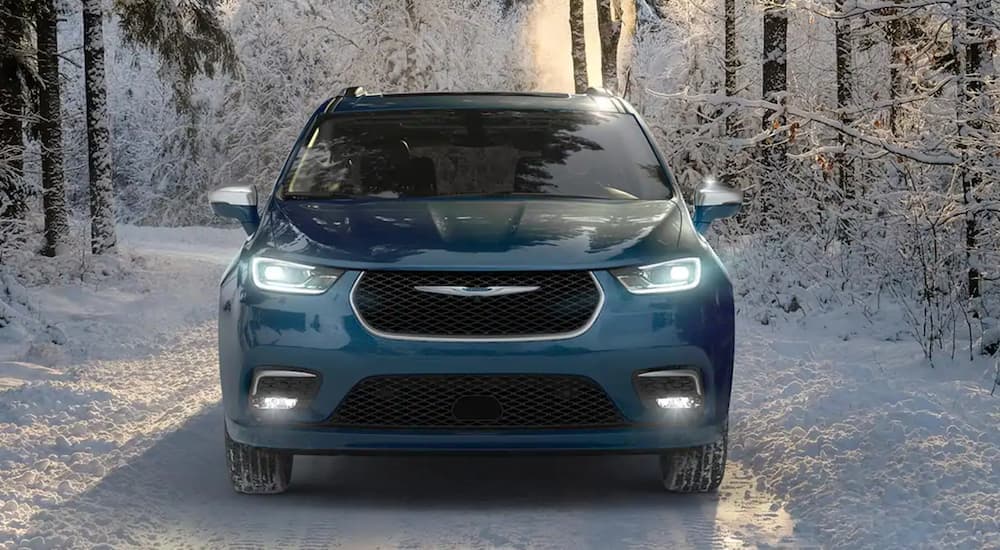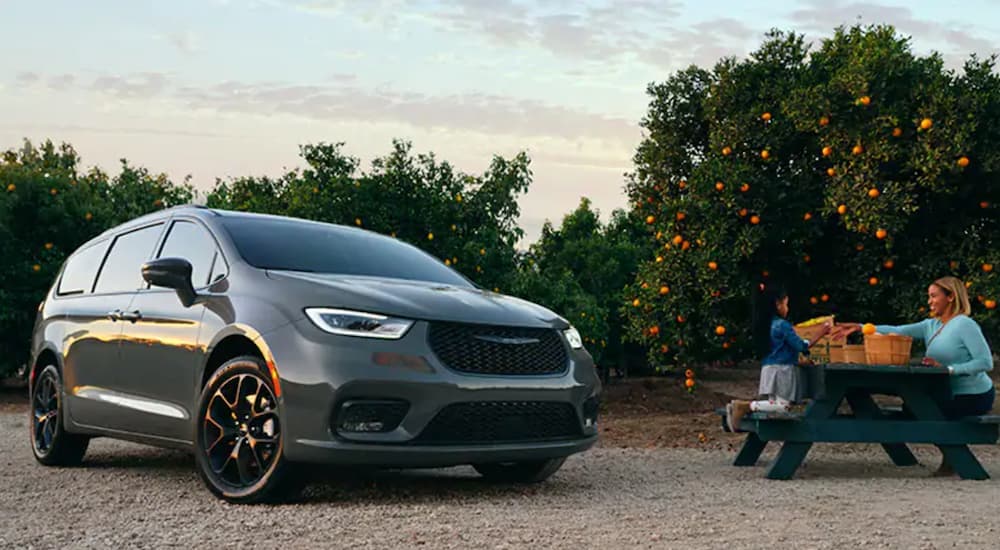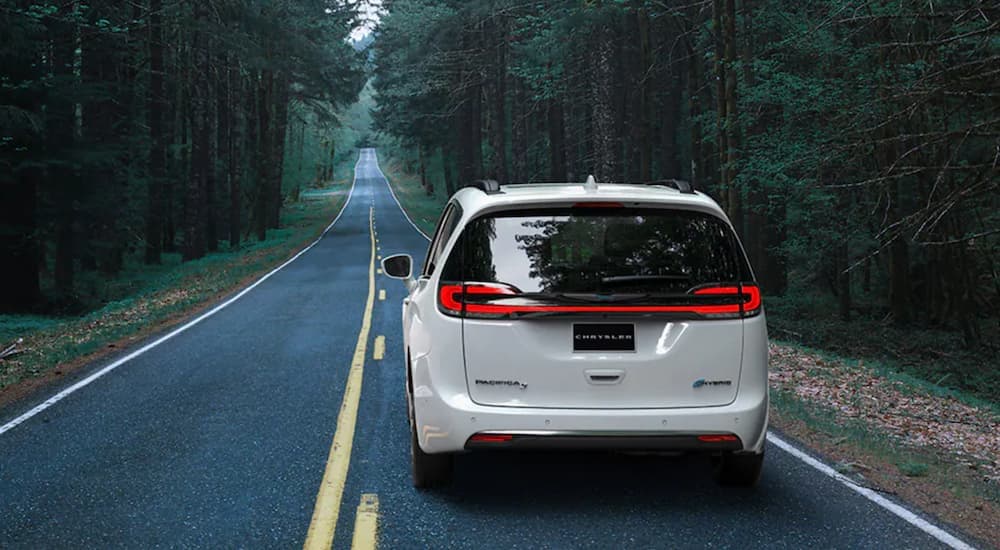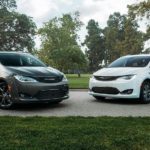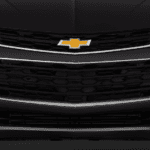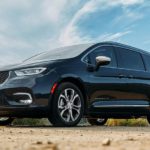Fuel economy is a huge issue when it comes to larger vehicles. You know that with a sedan, you’re going to get some decent estimates in the city and on the highway, but with SUVs, trucks, and minivans, the value of good fuel economy is worth a lot more. Larger vehicles typically consume more fuel, and so if you can find a good used option that fits into the larger vehicle category with great fuel economy, then it seems like it’s well worth the purchase. That being said, it brings us to the topic of a used Chrysler Pacifica Hybrid and how well its fuel economy stands up over time.
The Pacifica gained a plug-in hybrid option with the 2017 model year. This came a year after the gasoline-only Pacifica hit the market. The plug-in model promises better fuel economy and more mileage to the pedal than its petrol-based counterpart. However, I think it’s time we took a deep dive into how well the hybrid fuel economy works out for used Pacificas and whether they live up to the promises.
What the EPA Says…
According to the Environmental Protection Agency, they have the Chrysler Pacifica Hybrid estimated at up to 84 miles per gallon equivalent (MPGe) combined across the city and highway. This is when taking the combustion and electric powertrains into consideration. Separately, the EPA has the Pacifica Hybrid’s combustion-only options rated at around 32 miles per gallon combined. This is if you combine both the city and highway mileage together.
The original 2017 model is rated at 84 MPGe, along with the 2018 model year. Interestingly, the 2019, 2020, and 2021 model years are rated at 82 MPGe. Those are impressive figures compared to the combustion-based options of the Pacifica, which rates the fuel economy at 19 miles per gallon in the city and up to 28 miles per gallon on the highway in the two-wheel drive format, and 17 miles per gallon in the city and only 25 miles per gallon on the highway in the all-wheel drive format. The 2017 Chrysler Pacifica Hybrid’s gas-only fuel economy is a bit higher, rated at 32 miles per gallon when the city and highway figures are combined.
What Drivers Say…
The interesting thing about the entries related to individual fuel economy estimates is that they vary wildly. You get some fairly distinct figures that span similar mileage to the gas-only figures from the EPA, while others nearly double those figures. There’s basically a lot of variance in between based on the user estimates.
For instance, some individuals reported that they only maxed out the 2019 Pacifica Hybrid‘s average fuel economy at 27.6 miles per gallon, while someone else managed up to 52.8 miles per gallon. Hardly reliable numbers, right? There’s a much more stable set of figures for the 2018 Chrysler Pacifica Hybrid, where the figures look a little closer to some of the EPA ratings, averaging as low as 30.2 miles per gallon and going as high as 55.1 miles per gallon. Still, they aren’t terribly reliable figures, but the 41.6 combined average seems a little more consistent than what some users put down for the 2019 model year.
Interestingly enough, it’s the 2017 and 2020 model years that seem to have the highest and most consistent figures. The 2020 Pacifica Hybrid had some users reporting averages of up to 79 miles per gallon, with 88% of their travels being stop-and-go in the city and only 12% of the travels taking place on the highway. The 2017 Chrysler Pacifica Hybrid, in particular, has some impressive figures, with individual reports reaching up to 82.8 average miles per gallon, with 40% of the travel taking place in the city and up to 60% of the travel taking place across the highway. These figures seem very reminiscent of what the EPA has recorded from their estimates.
Why the Discrepancy in Fuel Economy Ranges?
What’s interesting about EPA ranges is that they take into account some additional measures you may not have been thinking about when it comes to maximum range. This was something a few critics found out during their time with the Pacifica Hybrid while traveling about. Specifically, they put the Pacifica through the paces in terms of distance and miles per gallon, as well as total range. The good part is that no matter what, the Pacifica Hybrid still trounces a lot of the competition in terms of distance, as well as fuel economy, including comparisons to the combustion-only Pacifica.
Where the actual discrepancy comes in with the range in miles per gallon versus what the EPA estimates is because the EPA is going by active recharges between travel breaks. So take into consideration you fill-up the tank and have a full charge, and then you set out on a cross-town hike with the Pacifica. Let’s say you stop at a diner to eat, and there’s a charge station nearby; the EPA is counting downtime (re)charges while still using the same tank of gas. Just the same, you might go to work or school and then recharge the Pacifica Hybrid before the next outing, but without having to fill up the gas tank, so it’s estimating those additional charge times in addition to what’s in the fuel tank after a single fill-up. This is why some people averaged 30 miles per gallon and others reached up to 82.8 miles per gallon, the latter of which is actually identical to Chrysler’s own estimations for the minivan.
So buying a used Chrysler Pacifica Hybrid becomes beneficial when you’re close to a charging station or have one at home. You can compensate for the gasoline in the fuel tank by keeping the plug-in hybrid frequently charged, thereby getting the most out of the fuel economy. Even without frequent charges, the Pacifica still manages to beat out many of its competitors in the fuel economy department. This also takes into consideration older model years of the Pacifica Hybrid, such as the 2017 outing, which has some of the highest averages for gas mileage.
More Distance on a Smaller Fuel Tank
In the world of combustion engines, a bigger fuel tank means more fuel. The more fuel means you get more distance out of the total range on a max tank. Well, that logic doesn’t quite hold up in the world of hybrids, as evident with the Pacifica. If you go with a traditional, combustion-only Pacifica, you have a 19-gallon fuel tank at the ready. The fuel tank size has been consistent since the debut of the marque. For the Pacifica Hybrid, however, the fuel tank is actually smaller than its combustion-based counterpart, at only 16.5 gallons.
So how does a smaller fuel tank equal greater distance? Thanks to the plug-in capabilities from the battery pack, the 3.6-liter V6 can achieve an estimated range of 510 miles versus the combustion-only Pacifica’s 410-mile range. According to some of the critics, they didn’t quite reach 510 miles but still managed to get close enough at 470 miles with a Pacifica Hybrid with more than 40,000 miles on it. This circles back around to the Pacifica’s fuel economy capabilities over the long term, and how it mostly relies on how often you charge the minivan. If you keep it charged often, then you’re going to get some great mileage out of it with some commendable estimates, maybe not quite what the EPA has reported, but certainly closer to (or maybe even above) Chrysler’s own 82 MPGe rating.
